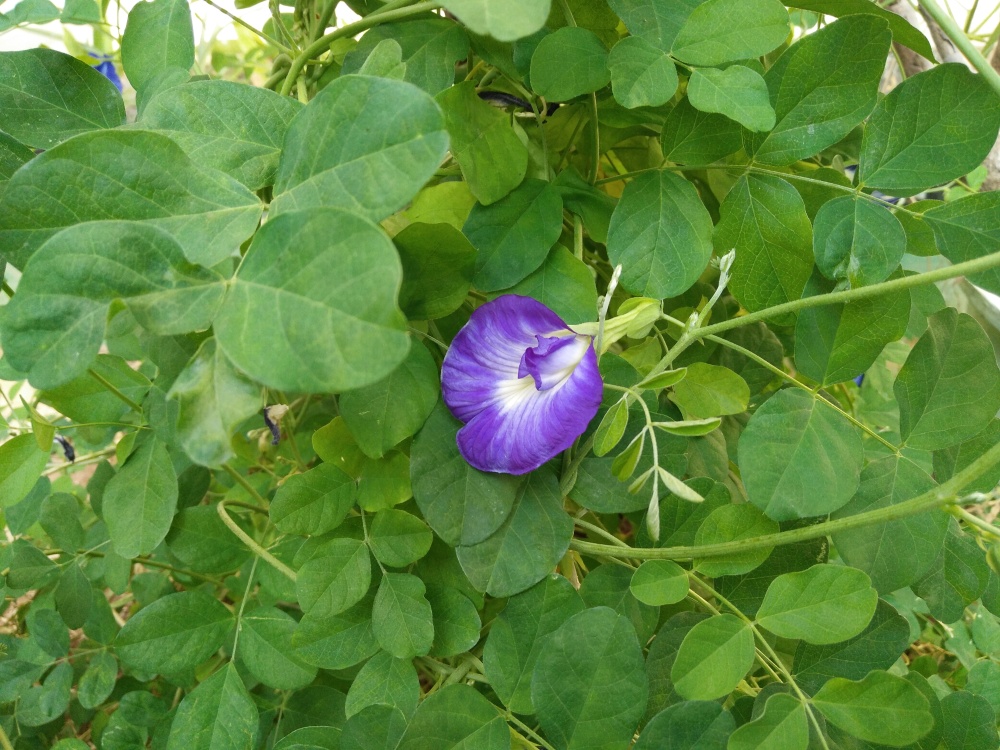Smallholder farmers in the coastal region of Kenya can triple milk yields from five to fifteen liters per cow by feeding their cows on creeping legumes such as clitoria and mucuna. These legumes are perennial plants rich in protein content, a key component in improving milk production efficiency and can be fed to dairy animals for up to four years.
A report by the Kenya National Bureau of Statistics released in September 2017 shows that milk production in Kenya dropped by 17.5 per cent in the first five months of the year. The report indicates 215.9 million liters were sold to processors between January and May compared to 261.9 million liters in a similar period last year.
A research conducted by the Kenya Agricultural and Livestock Research Organization (KALRO) reports that clitoria, mucuna, siratro and dolichos legumes do well in coastal lowlands and can be mixed with Napier grass for increased milk yields in dairy cows.
RELATED CONTENT: New fodder increases milk yields by 108 per cent and cuts production costs
KALRO’s dairy researcher Sammy Tangus said that dairy cows fed on Napier grass alone yield only five liters per cow which is inadequate for commercialization by small scale farmers in region.
“Dairy cows give more milk when they are fed on forage legumes. Legumes such as clitoria for instance are easy to grow and do not need to be weeded once they are well established, this means farmers can save on weeding costs” said Tangus.
“Farmers should not over rely on Napier grass only; they should diversify into these better forages”
RELATED CONTENT: Dairy farmers increase yields 5x conserving fodder

Clitoria legume plant
Farmers can obtain legume seeds to plant in their farms at various seed producing companies such as Simlaw seeds, the East African seed company or the Kenya seed Company. One kilogram of the seeds cost Sh500.
To plant clitoria/siratro farmers should make furrows on a cultivated piece of land using a pointed stick. The space furrows should be 1.5 feet (45cm) apart. Seeds should be drilled in the furrows and covered with soil.
For dolichos/mucuna the spacing is recommended at three feet (90cm) by 1.5 feet (45cm). Two seeds should be planted per hole. Forage legumes can be intercropped with Napier grass, cassava or maize.
RELATED CONTENT: Fodder shrubs a cheaper alternative to commercial feeds
After three months the plants will mature and ready for harvesting. They should be cut at 6 inches above the ground and the process repeated every two to three months. Dolichos and mucuna can be cut quarterly until they dry up. Clitoria and siratro are perennial plants which can be fed to dairy animals for up to four years hence farmers will save on purchase of commercial feeds.
Clioria and siratro can yield 2500 to 3750kg of fresh forage per acre while dolichos and mucuna yield between 3500 to 4500kg.
Eight (8) kg of fresh legumes fed together with 60-70kg of fresh Napier grass will support milk yield up to 15 liters per cow per day. Growing of these legumes can save farmers 30 per cent of money which could have otherwise been used to purchase feeds.
















Comments powered by CComment